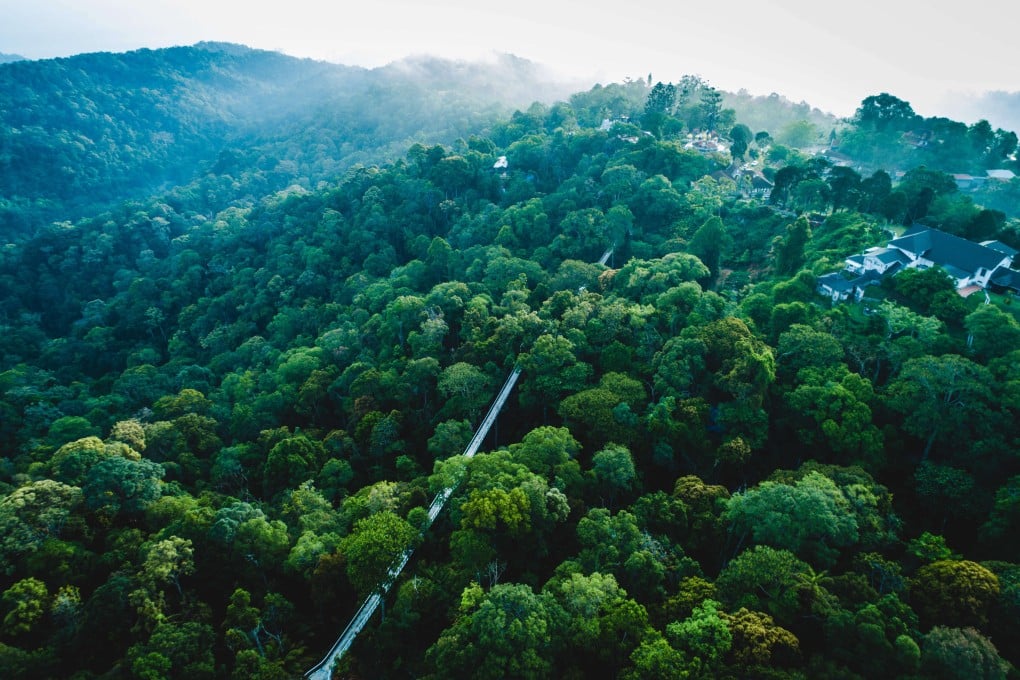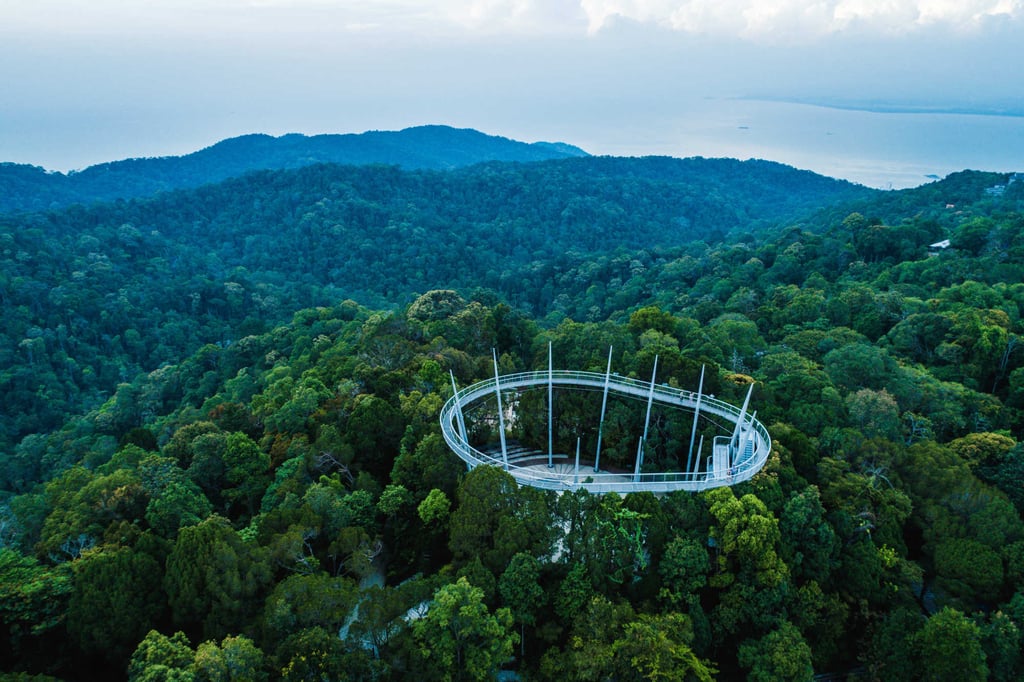Unesco biosphere reserve status for Penang Hill, Malaysia, a chance to draw visitors away from its cookie-cutter attractions to explore rainforest a million years old
- The reserve covers million-year-old rainforest, as well as Penang Botanic Gardens, coastal and marine ecosystems on the island off peninsular Malaysia
- Of 40 countries in the Asia-Pacific region with Unesco biosphere reserves, China has the most – 34 – including the highly biodiverse forest of Mount Huangshan

Penang Hill in Malaysia was this month recognised as the Southeast Asian country’s third biosphere reserve, the others being Tasik Chini, a wetland habitat near the city of Kuantan, and the Crocker Range of Sabah, in Malaysian Borneo.
As well as the million-year-old forests of Penang Hill, the 12,481-hectare (48.2 square mile) reserve includes the Penang Botanic Gardens, opened in 1884, and the coastal and marine ecosystems of Penang National Park.
The inscription of the biosphere reserve represents a good opportunity to highlight the natural side of an island that’s known by tourists mostly for its capital city, George Town.
Developed by the British colonial powers as the first hill station in Malaya – respite from the tropical heat has been sought here since the late 18th century – Penang Hill (known in Malay as Bukit Bendera, or “Flag Hill”) has become a tourist hotspot thanks to its funicular railway.

Opened on January 1,1924, it has carried millions of visitors to the top of the hill, where viewing platforms, restaurants and souvenir stalls stand next to colonial bungalows and heritage buildings, most of which are now empty. There are hopes the Unesco accolade will draw tourists away from the cookie-cutter attractions around the Top Station and towards Penang Hill’s interconnected jungle-clad hills.
